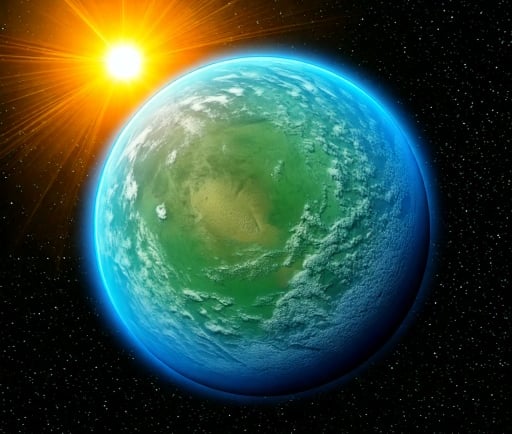The Potential for Habitable Exoplanets Orbiting Yellow Dwarf Suns


Introduction to Exoplanets
The search for extraterrestrial life has led astronomers to explore the vastness of space, particularly in the hunt for exoplanets. These worlds, which exist outside our solar system, offer prospects for hosting life as we know it. Among the myriad of stars across the universe, yellow dwarf stars like our sun have become prime targets for this exploration, as they exhibit characteristics that increase the likelihood of habitable conditions for surrounding planets.
The Importance of Yellow Dwarf Stars
Yellow dwarfs, or G-type main-sequence stars, are known for their stable and long-lasting luminosity. This stability is crucial because it provides a conducive environment for planets located in the habitable zone, also known as the 'Goldilocks zone.' Here, conditions are just right—not too hot and not too cold—for liquid water to exist. This is significant for planetary development as terrain, water bodies, and organic life, such as grass, can flourish under the right circumstances.
The energy output from these stars is another factor that influences the habitability of orbiting planets. Yellow dwarfs are efficient at emitting light sufficient to support various forms of vegetation, potentially paving the way for ecosystems reminiscent of Earth. Therefore, planets in orbit around such stars hold promise for being capable of sustaining life.
Research and Discoveries
Furthermore, extensive studies reveal that terrestrial planets in stable orbits around yellow dwarf stars could develop atmospheres that maintain suitable pressures and temperatures for life. It's not merely about the presence of light; the retention of water and other essential elements contributes to a planet's overall potential for life. Researchers continue to investigate these unique conditions as they seek to identify planets where complex life could evolve.
Conclusion
The likelihood of finding habitable exoplanets indeed hinges significantly on their ability to orbit stable stars like yellow dwarfs. With their suitable light output, these types of stars could provide the necessary conditions for planet formation, supporting terrain, water, and even grass. As technology advances and our understanding of these celestial bodies deepens, the prospect of discovering life beyond our own planet continues to enthrall humanity, leading us closer to potential discoveries that may redefine our understanding of life in the universe.
